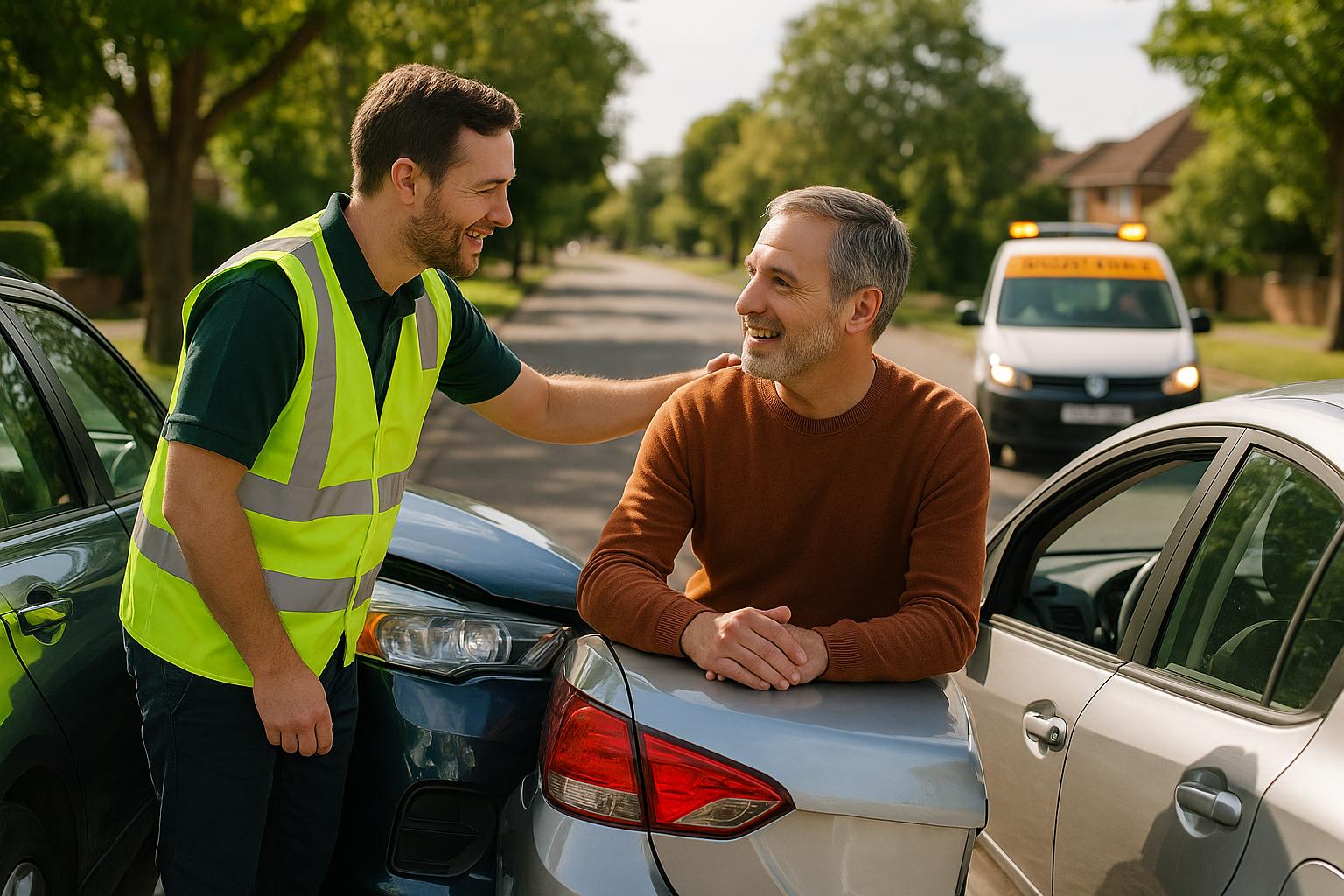Understanding Fault in Car Accidents: A Helpful Guide
Car accidents can leave you rattled, confused, and unsure about who’s responsible. Determining fault is often a complex process involving police reports, insurance adjusters, and sometimes even legal battles. That’s where tools like a car crash responsibility estimator come in handy. They offer a quick way to gauge potential fault based on key details, giving you a clearer picture before you dive into formal proceedings.
Why Fault Matters After a Collision
Knowing who might be at blame after a road incident isn’t just about pointing fingers—it impacts insurance claims, repairs, and even legal consequences. Factors like weather, location, and adherence to traffic rules play a huge role. For instance, if visibility was poor due to fog, or if someone ignored a stop sign, these elements can shift the balance of responsibility. While no online tool can replace professional advice, getting an initial estimate can help you prepare for discussions with experts.
Taking the Next Steps
Once you have a rough idea of fault, reach out to your insurer or a legal professional to confirm the details. Remember, every case is unique, and local laws can affect the outcome. Use resources like fault estimation tools to build your confidence, but always follow up with trusted advice to protect your interests.
FAQs
How accurate is this Car Accident Fault Checker?
This tool provides an estimate based on common fault indicators like right-of-way rules, visibility, and speed factors. It’s not a legal assessment, though. Every accident is unique, and laws vary by location, so while we aim to give you a helpful starting point, you should always consult a lawyer or insurance expert for an official determination. Think of this as a guide to help you understand potential responsibility before taking the next steps.
What kind of details should I include in the accident description?
The more specific, the better! Mention things like who was turning, if anyone ran a red light, or if distractions were involved. For example, note if you were rear-ended while stopped or if the other driver seemed to be speeding. These details help the tool analyze fault indicators more effectively. Don’t worry about legal jargon—just describe it as you saw it.
Does this tool replace legal advice?
Not at all. This Car Accident Fault Checker is just a starting point to give you an idea of potential fault based on general principles. It’s not a substitute for professional advice from a lawyer or insurance adjuster. Laws and circumstances differ widely, so always seek expert guidance for an accurate and binding assessment of your situation.



